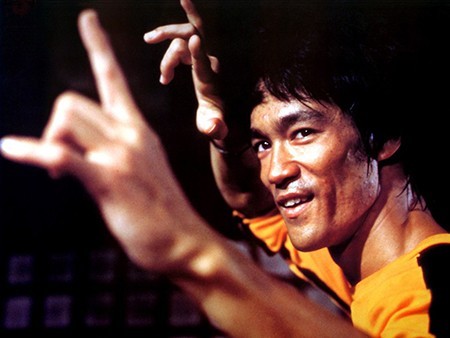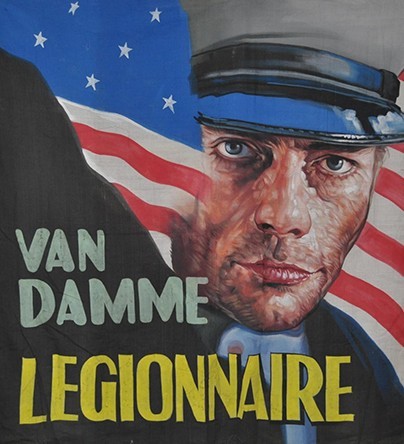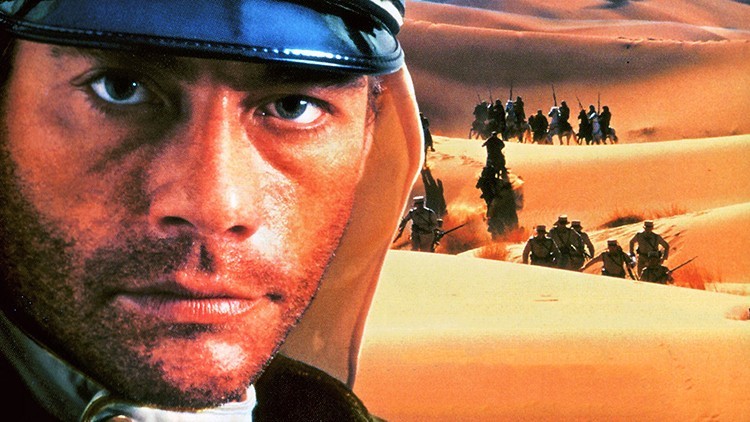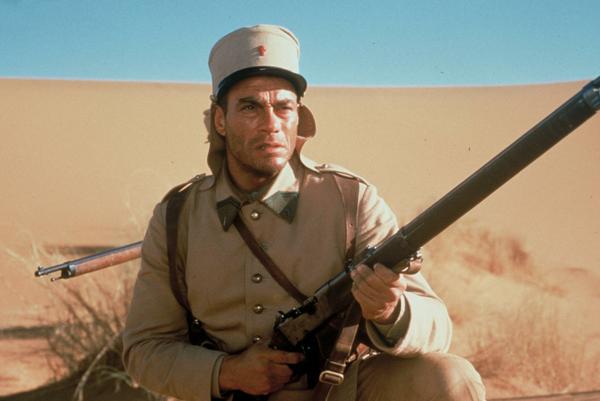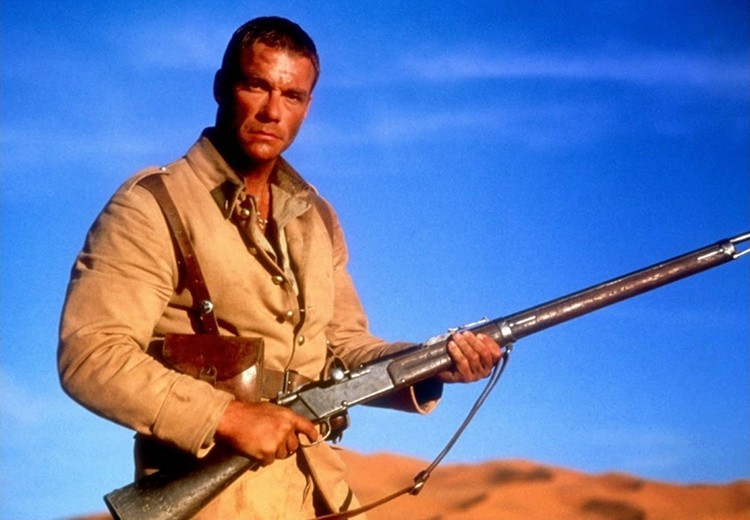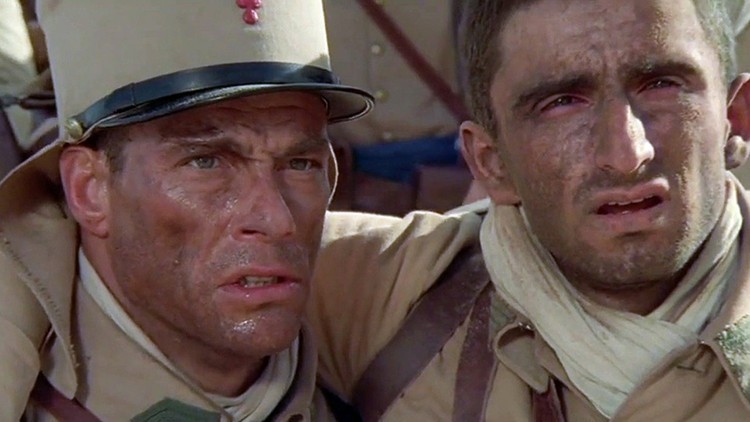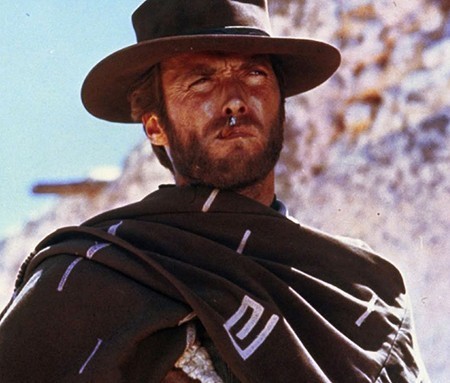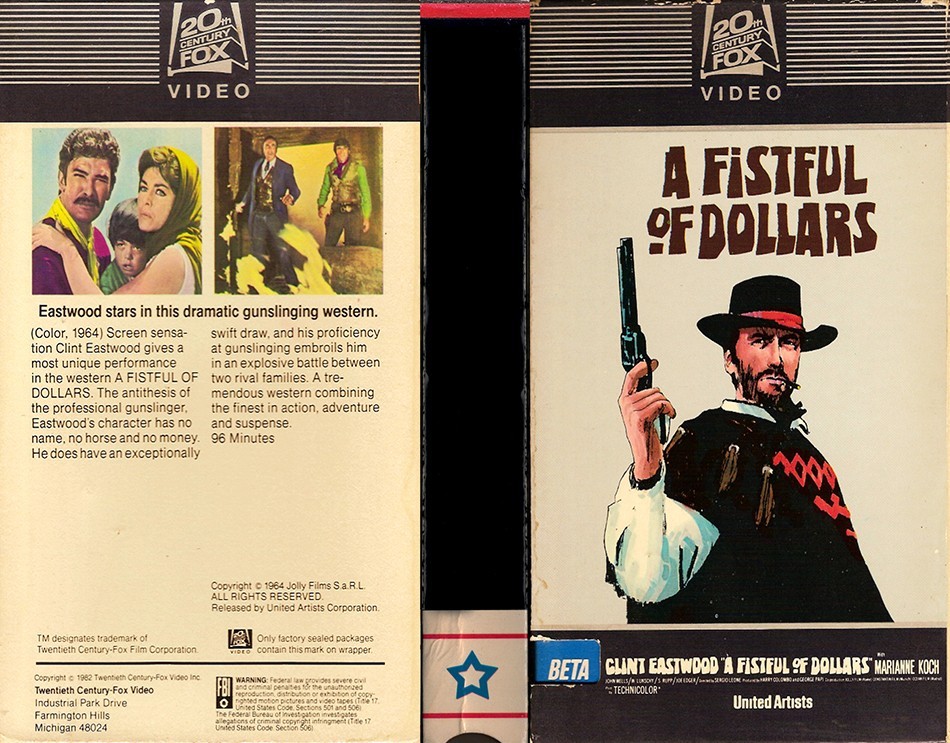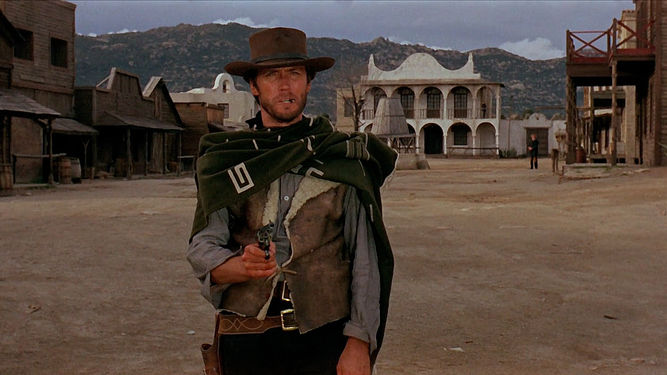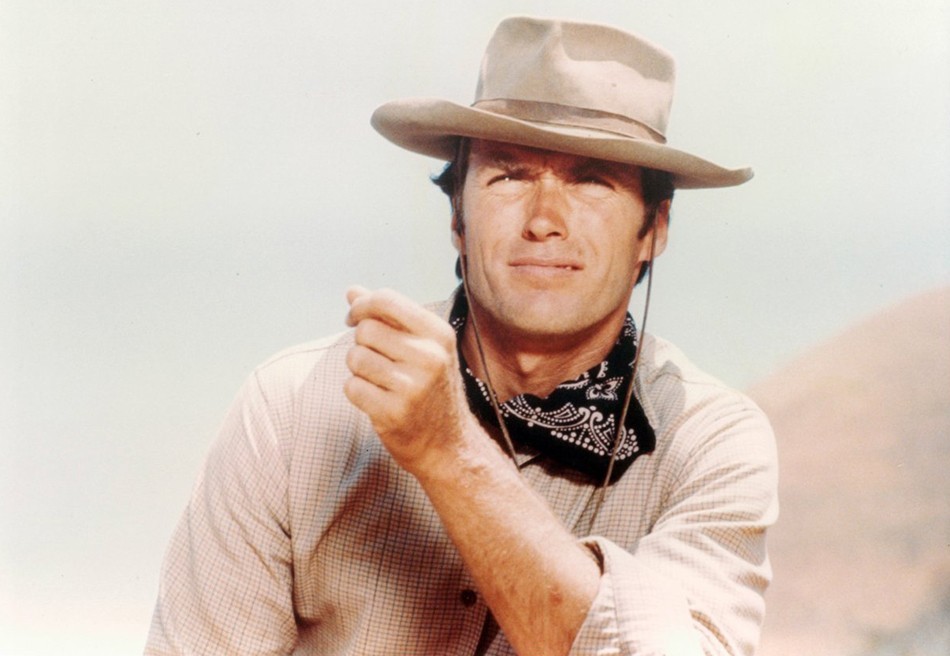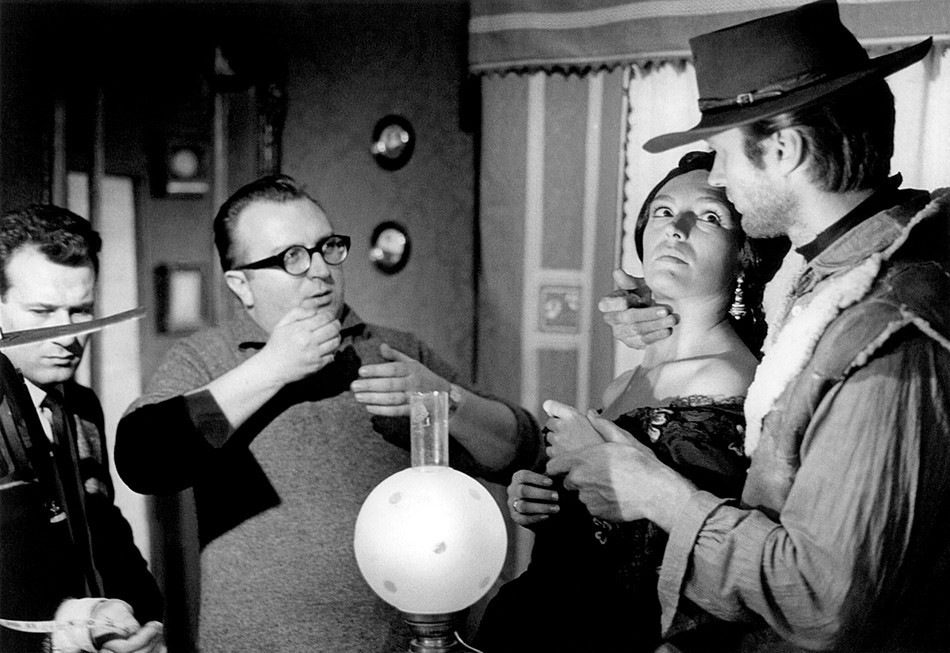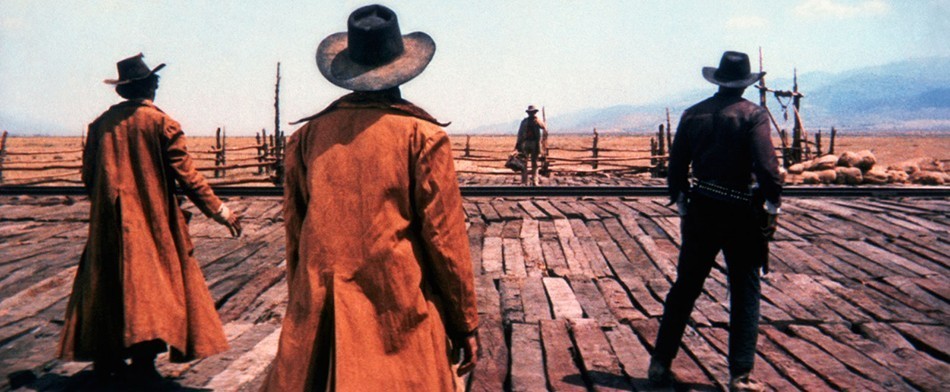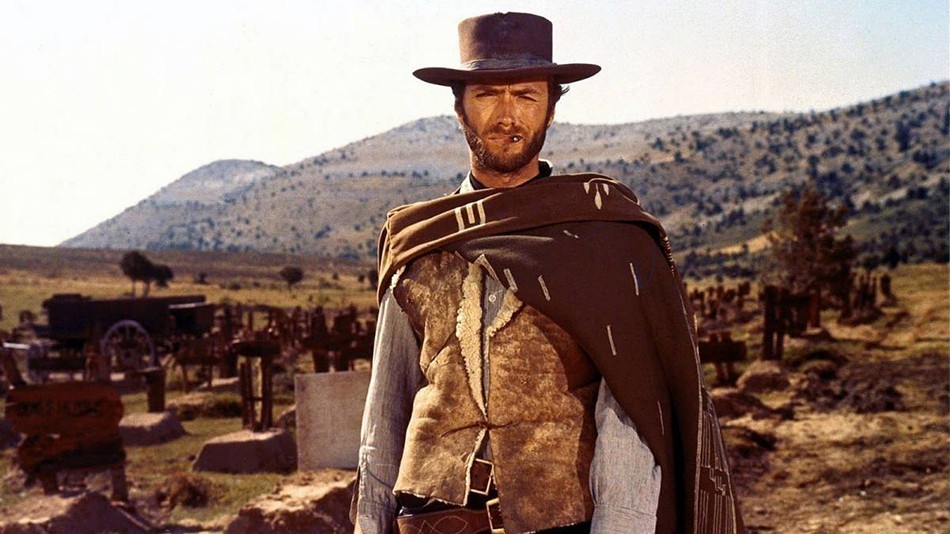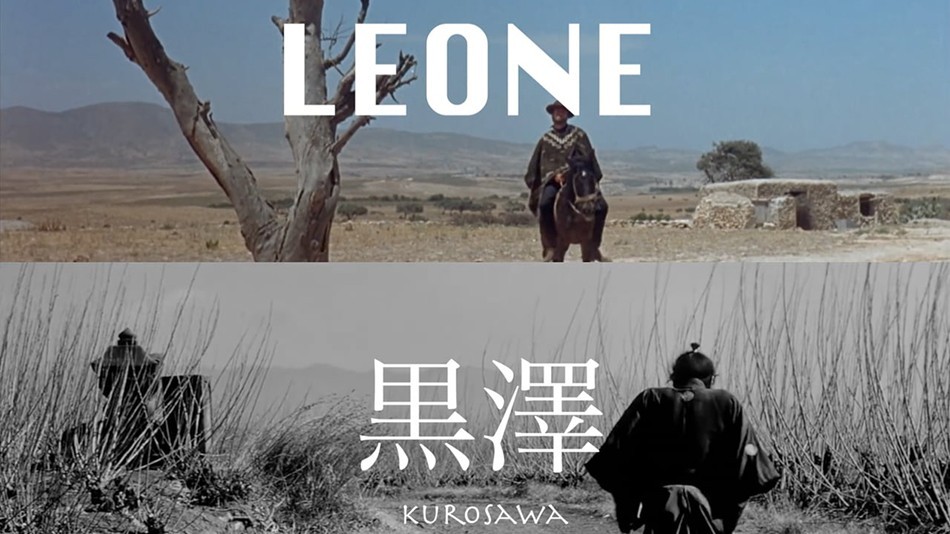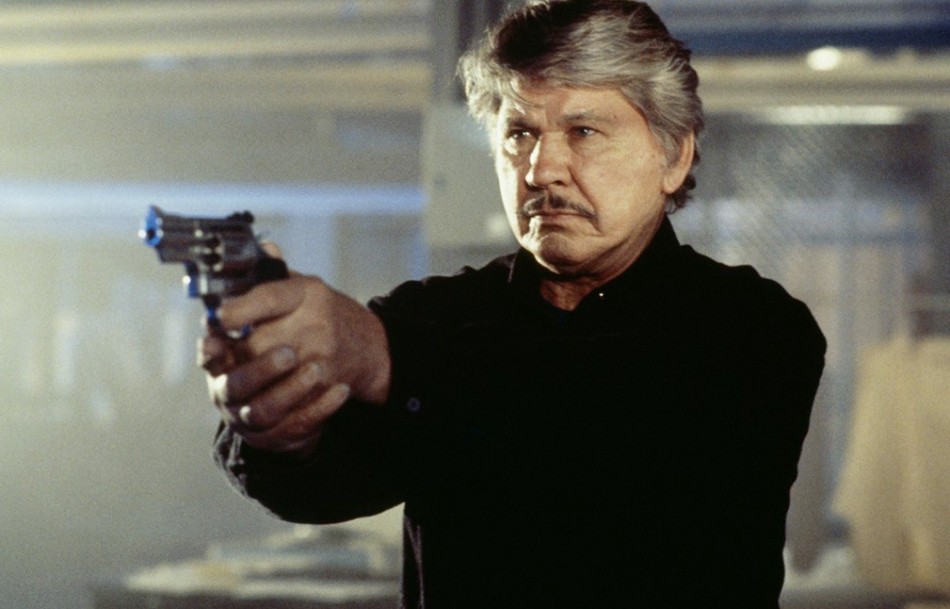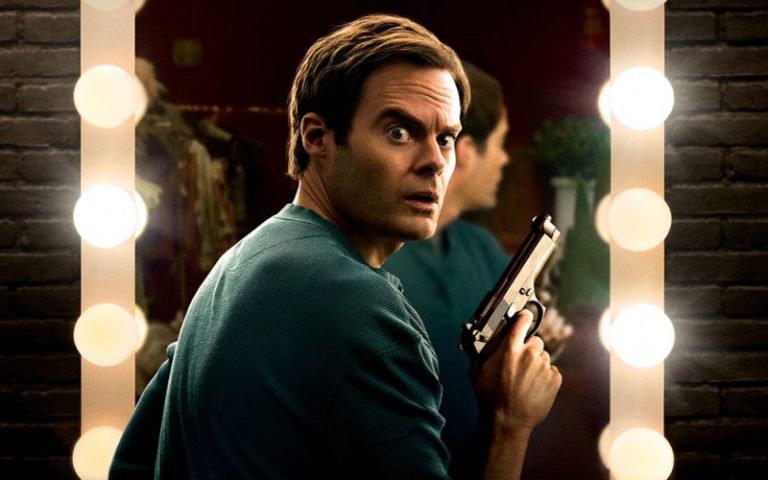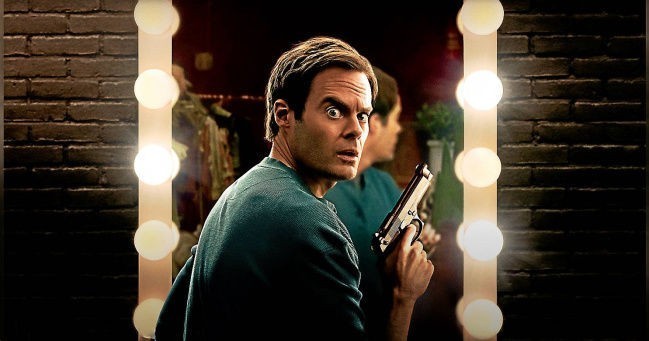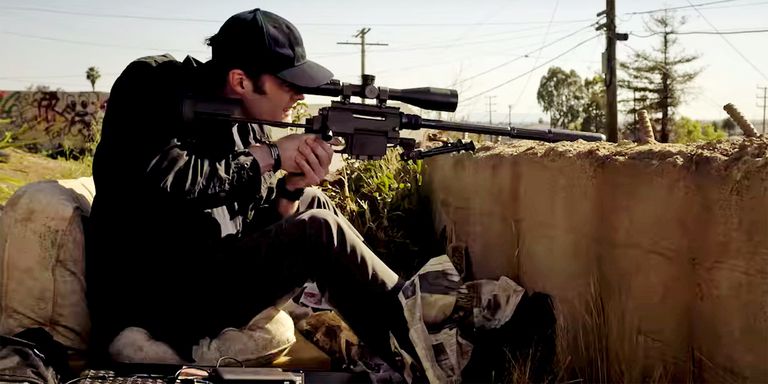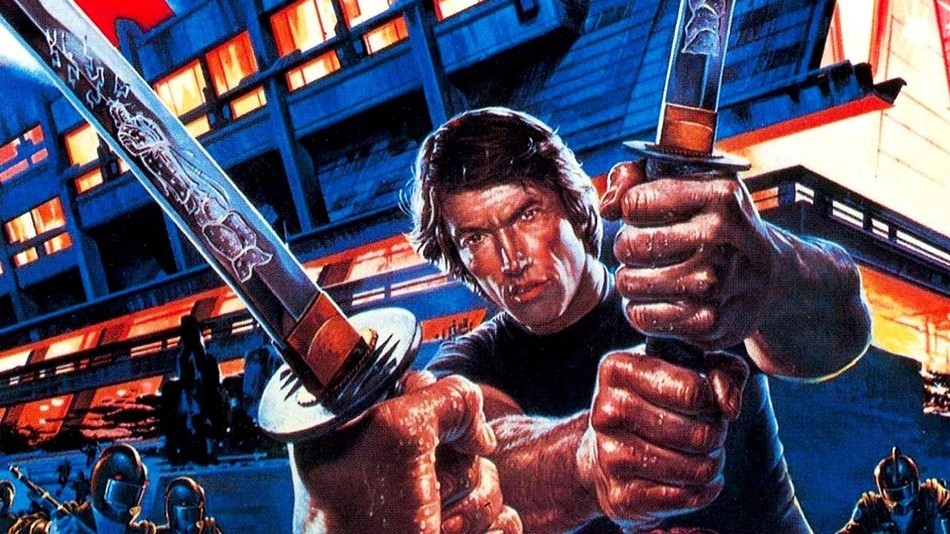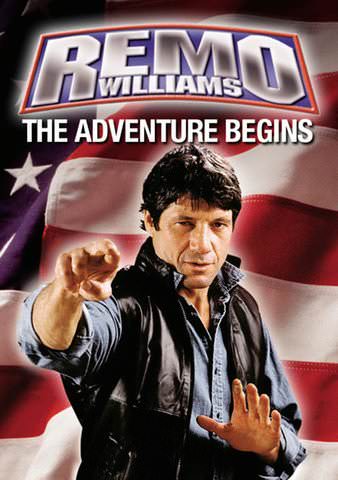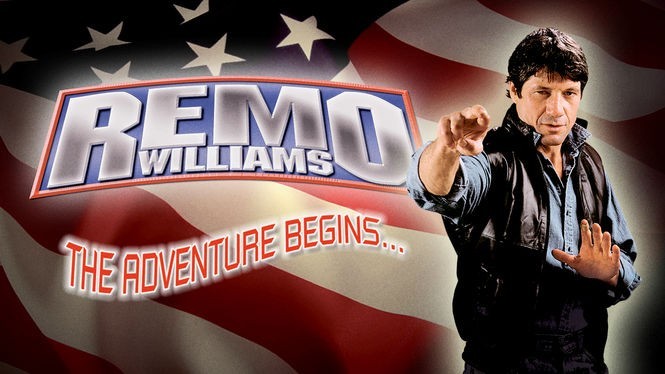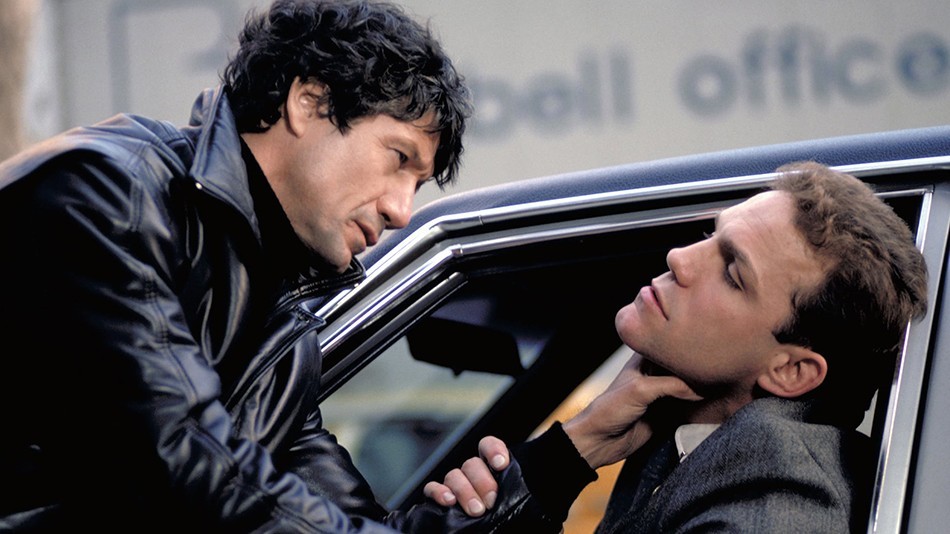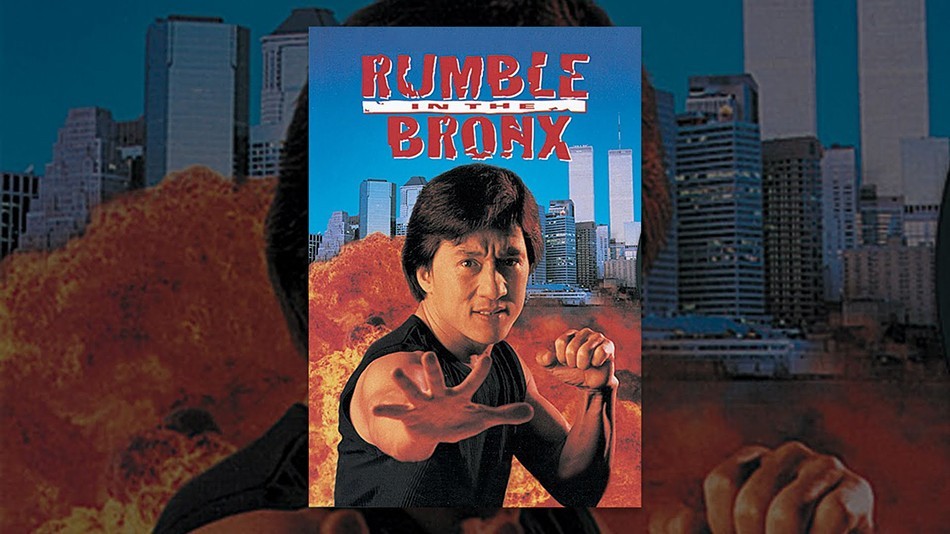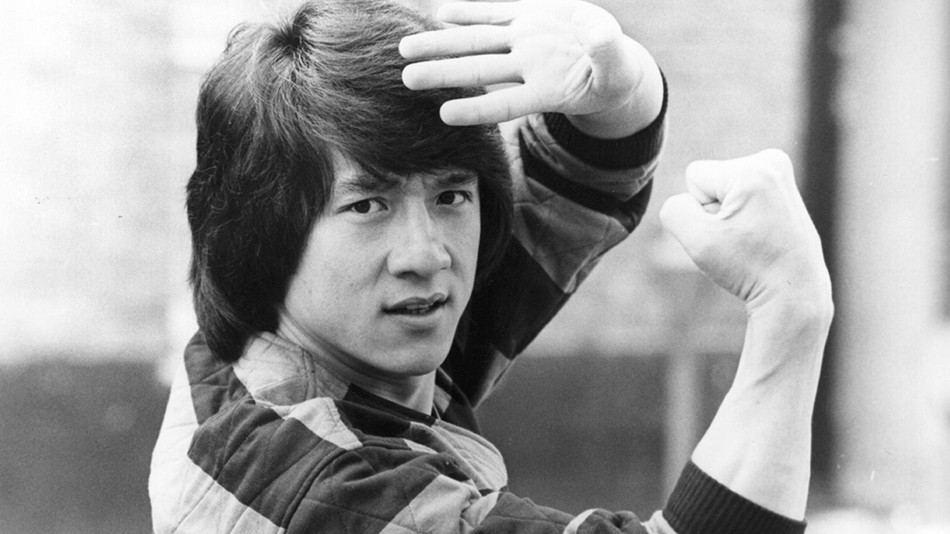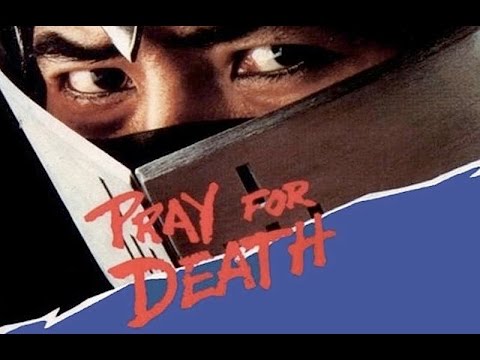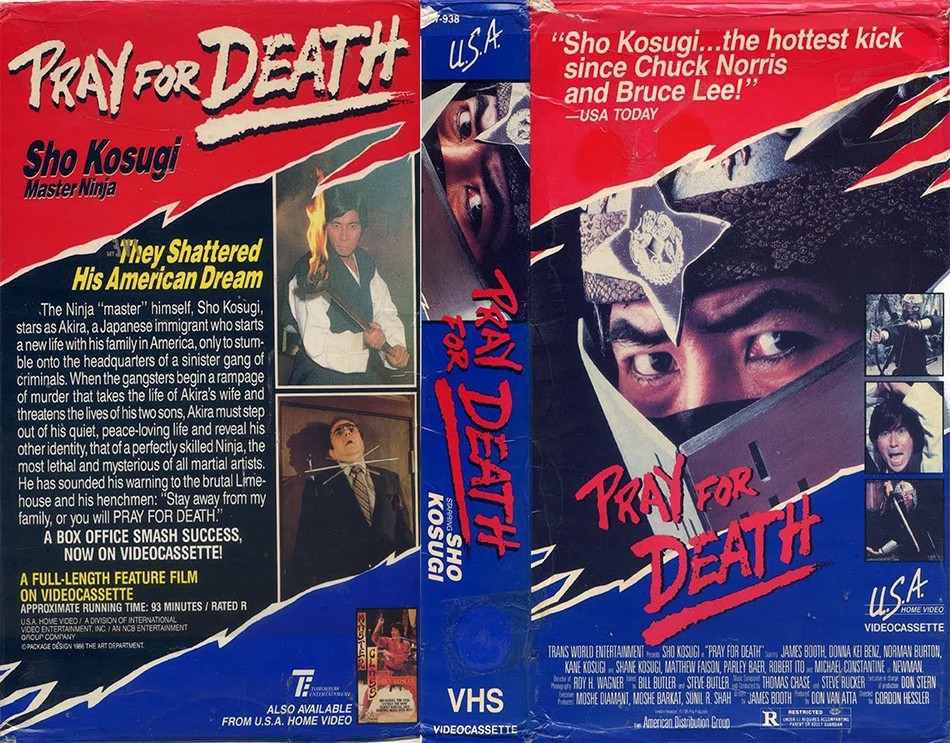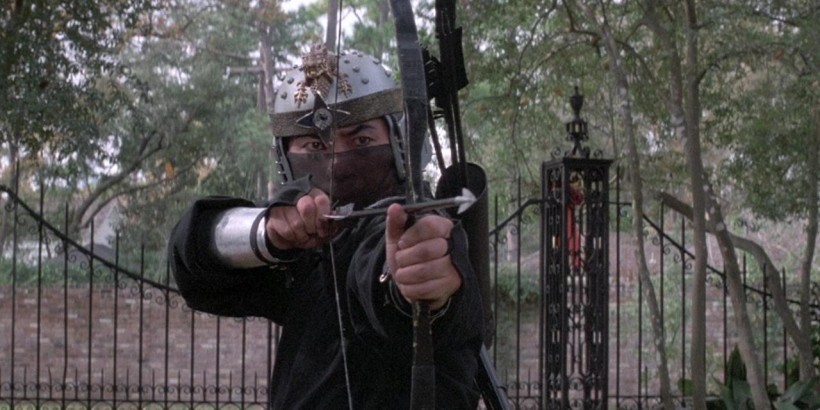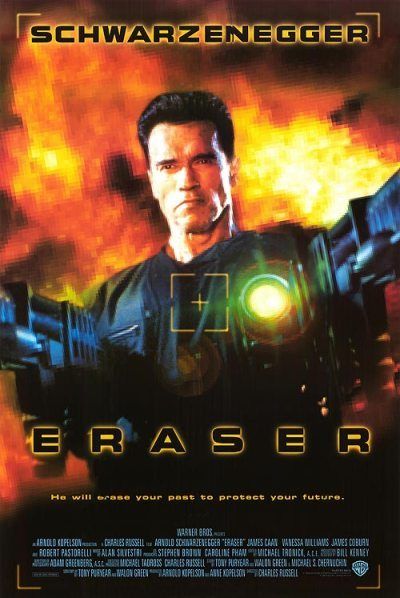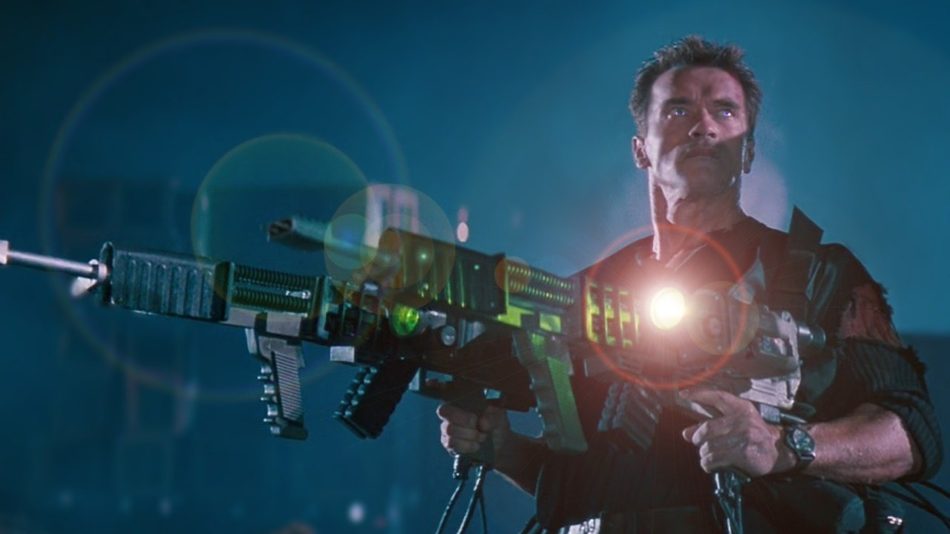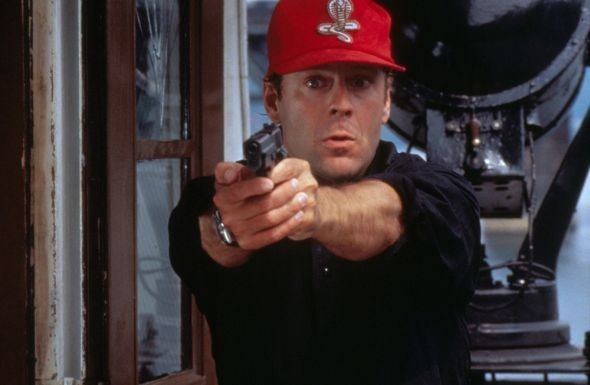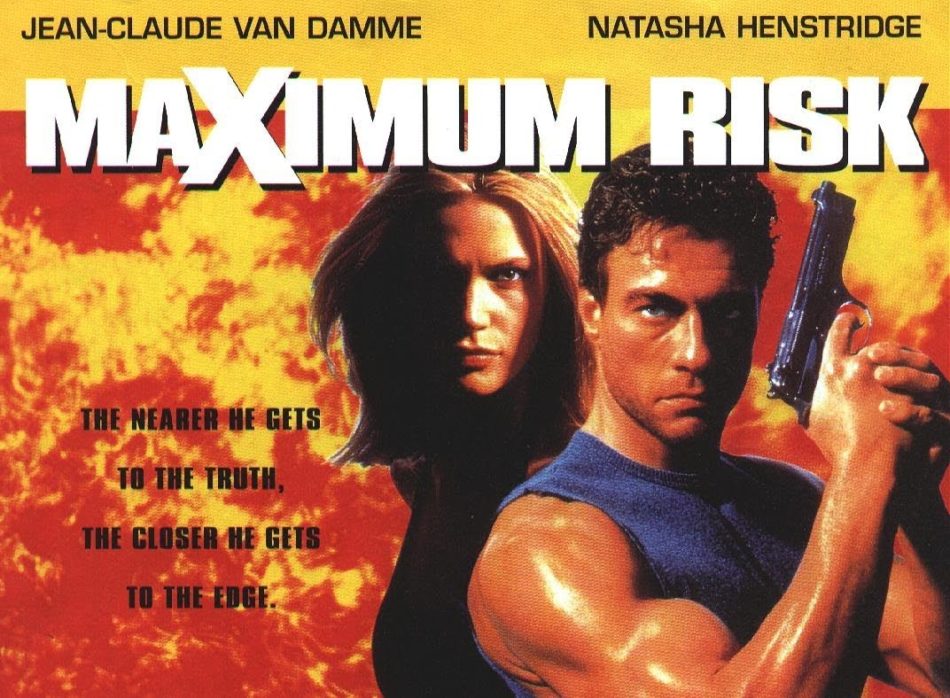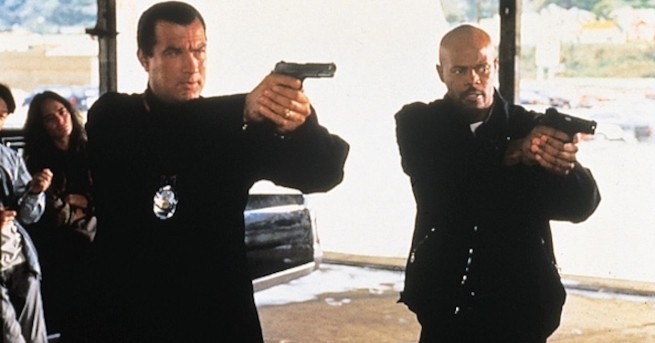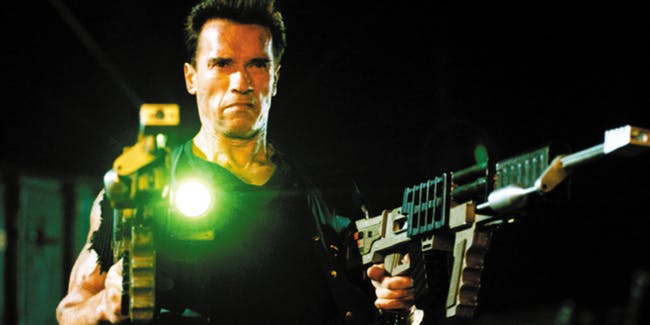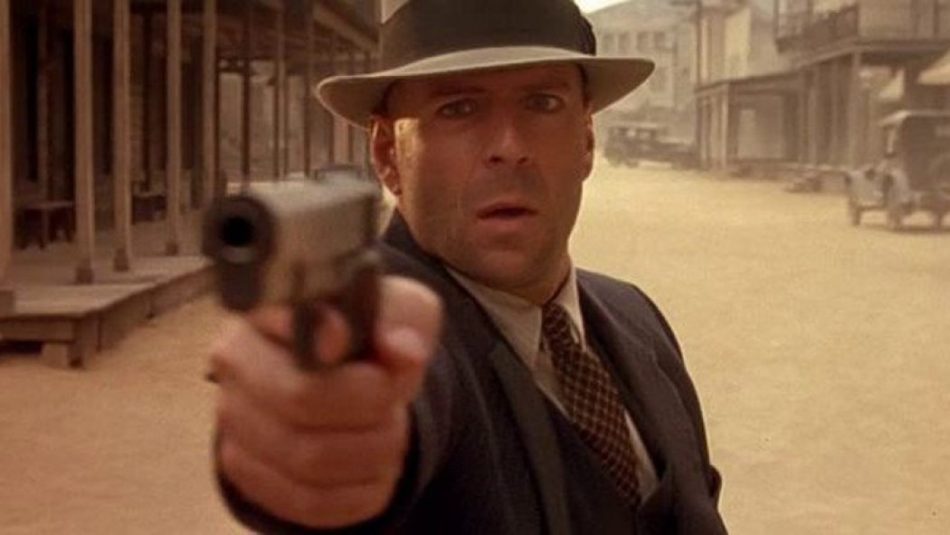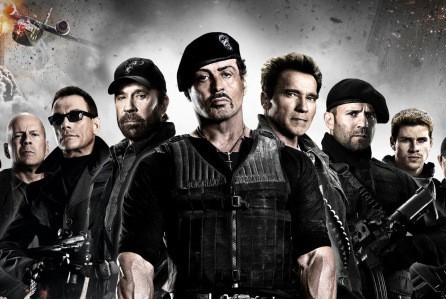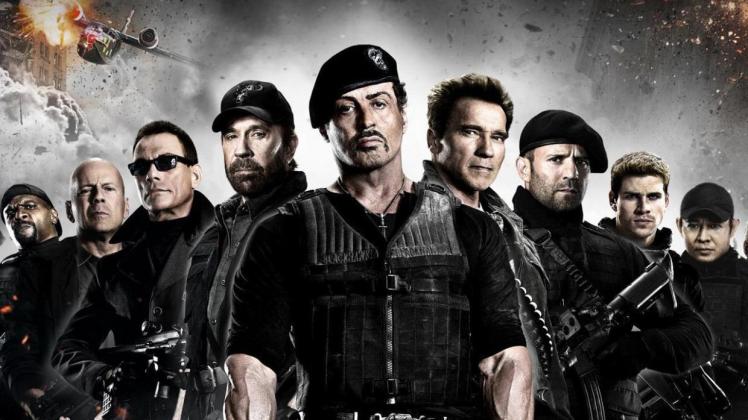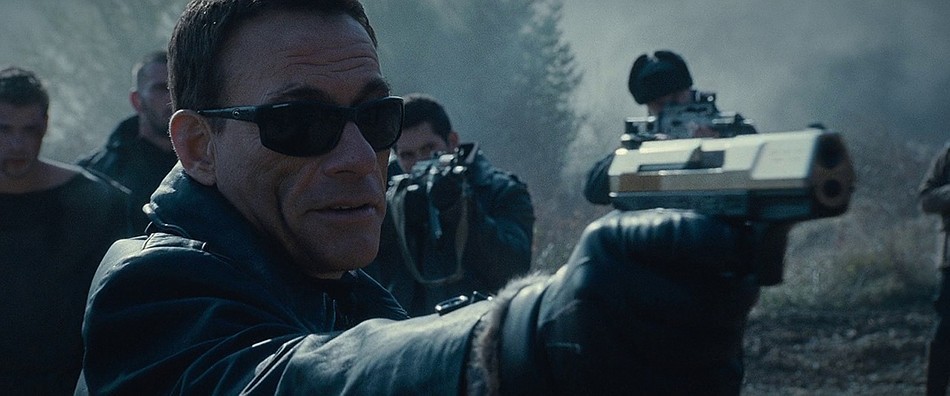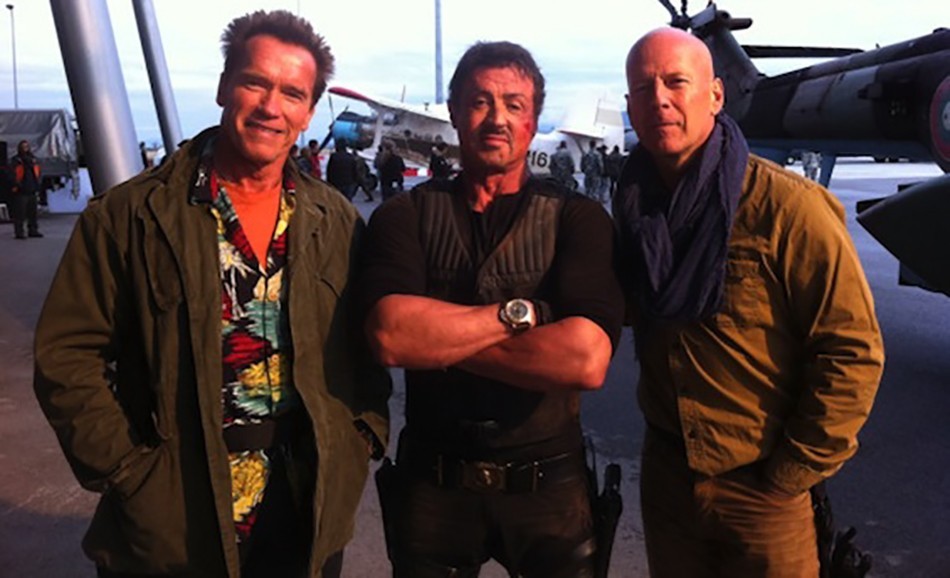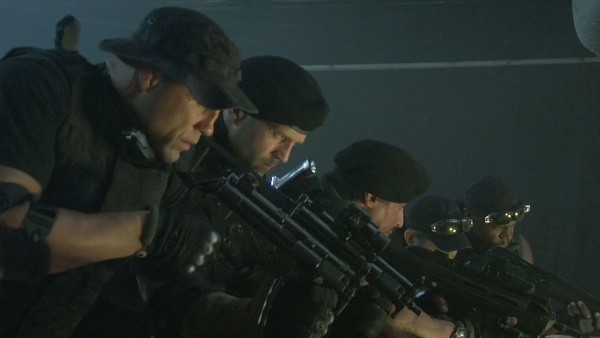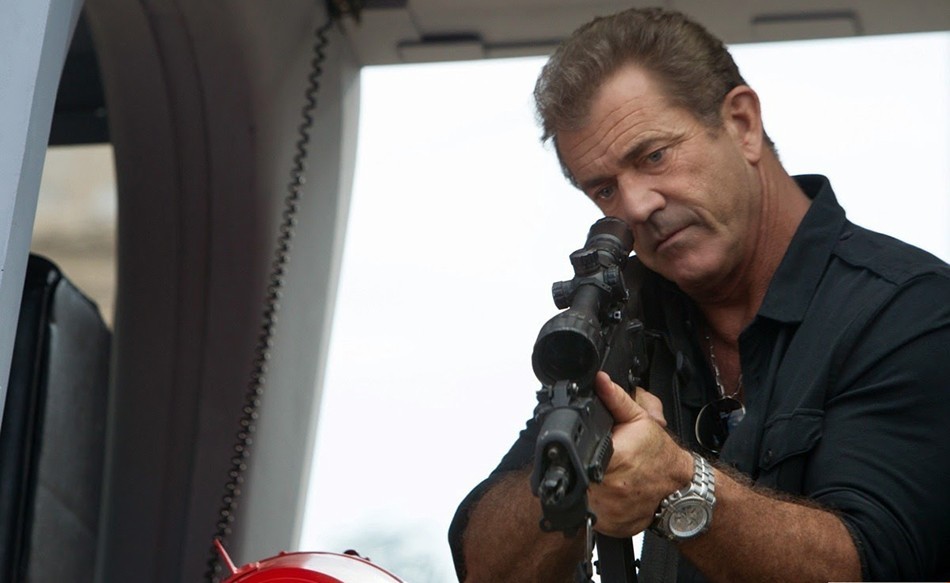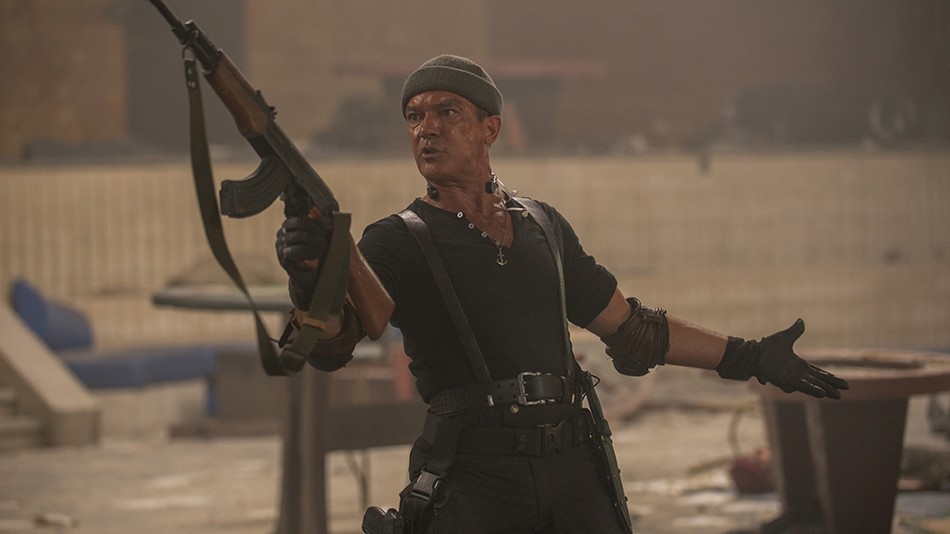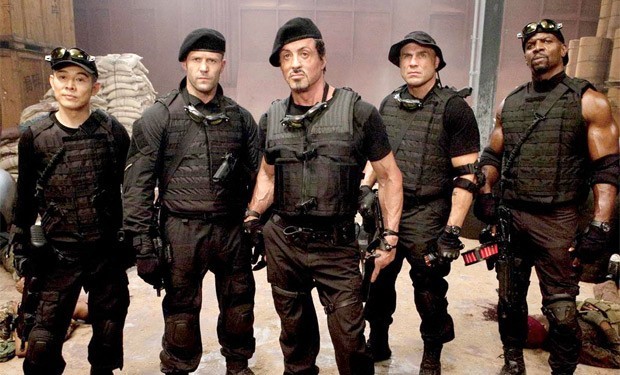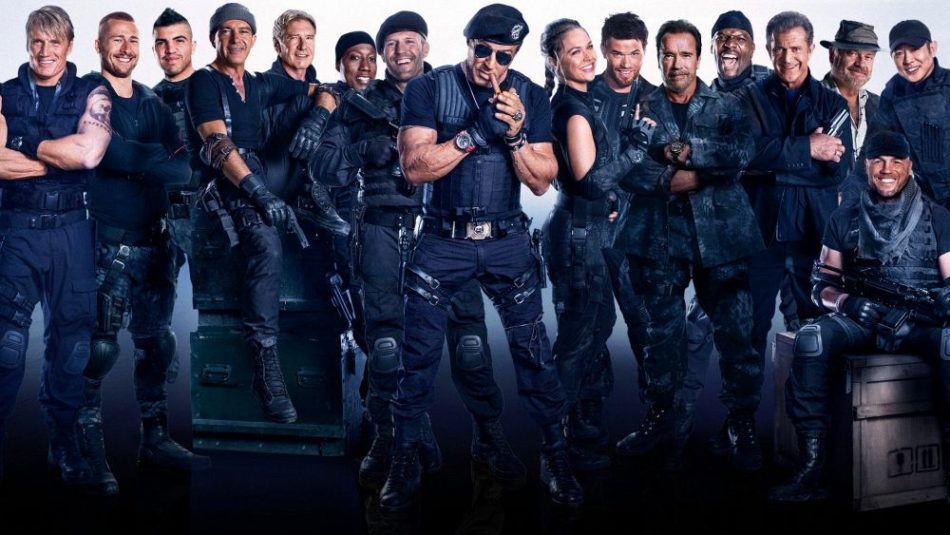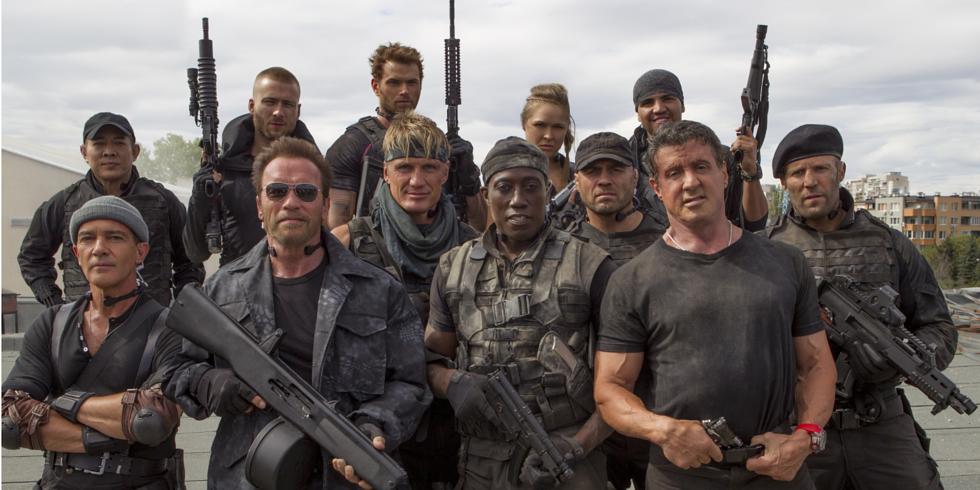The Game of Death Brings Bruce Lee to life
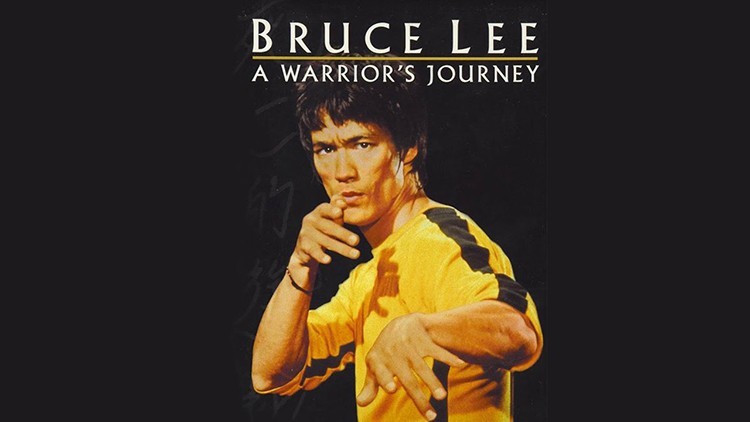
What if I were to tell everybody that there is a Bruce Lee movie that nobody ever got to see? I bet all of us would flock to the multiplex like it was the latest Marvel movie. Yet in 2000, this was exactly what happened, but without the theatrical release. The title of this partially restored movie and documentary – Bruce Lee: A Warrior’s Journey.
The film Bruce Lee was working on when he died in 1973 was called The Game of Death. He wrote, directed, choreographed and stared in it. It was to be his labor of love to martial arts where he expounded on his philosophy and theories about combat trough a very personalized action film. He was to showcase his style of fighting called Jeet Kune Do against the masters in three other styles, each of which is guarding a floor of a multi leveled pagoda. At the top was a mcguffin that Lee had to retrieve to save his niece, who was kidnapped to force him to retrieve the item. 100 minutes of fight footage was filmed before Lee was called away to film what is considered to be the greatest martial arts movie of all time: Enter the Dragon. Sadly, he died shortly after of a brain hemorrhage and was not able to return to finish his Game of Death. Lost were all his production notes and all but eleven minutes of footage and Bruce Lee’s vision of what he wanted The Game of Death to be.
In 1978, those eleven minutes were cut into a movie using actors that neither looked like or moved like Lee. Hell, at one point you can see an actor holding up a cardboard cutout of Lee’s face to pass himself off as him. Sadly, this was what martial arts movies would come to be known as for years after. The end result was a horrible exploitation movie that stained the very memory of Bruce Lee and everything he wanted to accomplish and bore no resemblance to his original vision.
Life Finds a Way
UAMC Bonus: You can watch the full version of Bruce Lee: A Warrior’s Journey above thanks to the Central and West Asian Wushu Federation.
But as they say, life finds a way! In 1999 the 100 minutes of missing footage was discovered in a vault of film reels at Golden Harvest Studios, complimenting Bruce Lee’s production notes, which were discovered in a filing cabinet among his papers in 1994. John Little, the historian of the Bruce Lee Foundation and author of several books on him, was commissioned to restore the footage and document Lee’s original vision in both a documentary and a companion book. Bruce Lee: A Warrior’s Journey was born…or should I say reborn! If you know nothing of Bruce Lee, this documentary and its companion book is the place to start, in Lee’s own words to “discover the cause of your own ignorance”.
A Study of the Legend
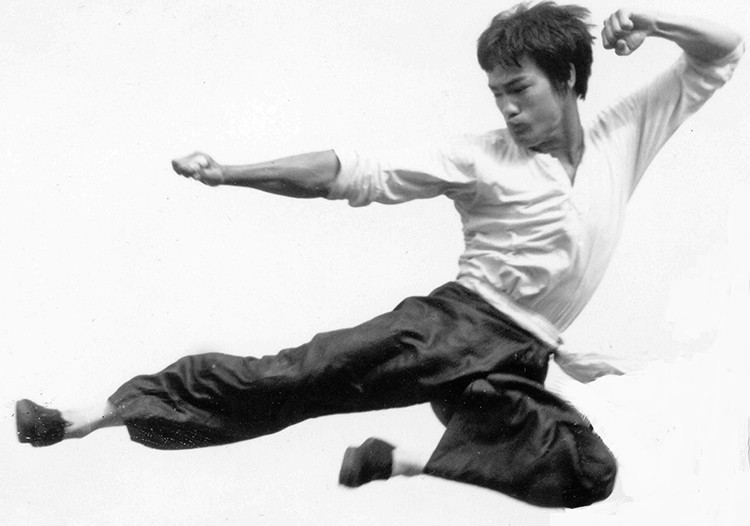
The documentary is a tight primer on Lee and his vision of the movie. You learn of his growing up in Hong Kong, his study of Wing Chun under Ip Man, coming to the United States to study philosophy and supporting himself by teaching Gung Fu, which he loved for its simplicity and directness. How the humanist in him welcomed all races into his school and how a challenge match to stop teaching non Chinese revealed to him the limitations of his traditional methods and the need to evolve. This lead him to train with the greatest fighters of that era – Chuck Norris being among them.
During a five month layoff due to a back injury, Lee codified his martial art and christened it Jeet Kune Do – “the way of the intercepting fist.” He parlayed his martial art acumen into a sidekick role on the Green Hornet and then a series of memorable TV appearances. Despite this, Hollywood refused to take a chance on him. This led him to close his schools and go back to Hong Kong to make movies to spread his theories on martial arts and Chinese culture. The rest, as they say, is history as Bruce Lee went on to become one of the most inspirational icons in history trough his five martial arts movies and inspired generations to become the best possible versions of themselves.
Further Bruce Lee Readings
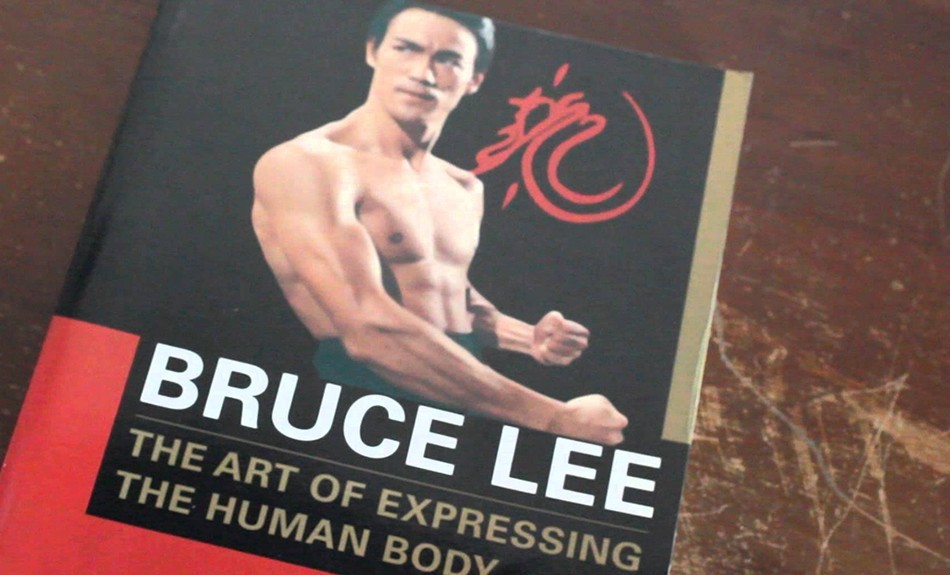
So if you want to get your Bruce Lee on, here and the companion book is the place to start. Also check out The Art of Expressing the Human Body also by Little. It goes into the workouts and training methods Bruce Lee was experimenting with. But speaking of exploitation, stay away from 2017’s Birth of the Dragon, which Lee is a supporting character in a totally fictionalized account of his challenge match against Wong Jack Man. 1992’s Dragon: The Bruce Lee Story starring Jason Scott Lee is scarcely better.
So in the words Sifu Lee imparted to his students “Walk On” – meaning to go find your own unique path in life and “Be like Water” – meaning adapt and flow to the challenges life will throw at you. Sage advice from the legend that is Bruce Lee and his martial arts movies that brought the world together and still continue to do so.
This author wishes to maintain his secret identity goes by the name of his favorite comic book hero Iron Fist. When he’s not collecting comics from his childhood, watching action movies or raising his three kids, he works a a police officer, trains Muay Thai, Jeet Kune Do, Kali and Brazilian Jiu Jitsu. Needless to say, he takes poor martial arts or sloppy gun handling skills personally. And he lives and trains in Chicago.
